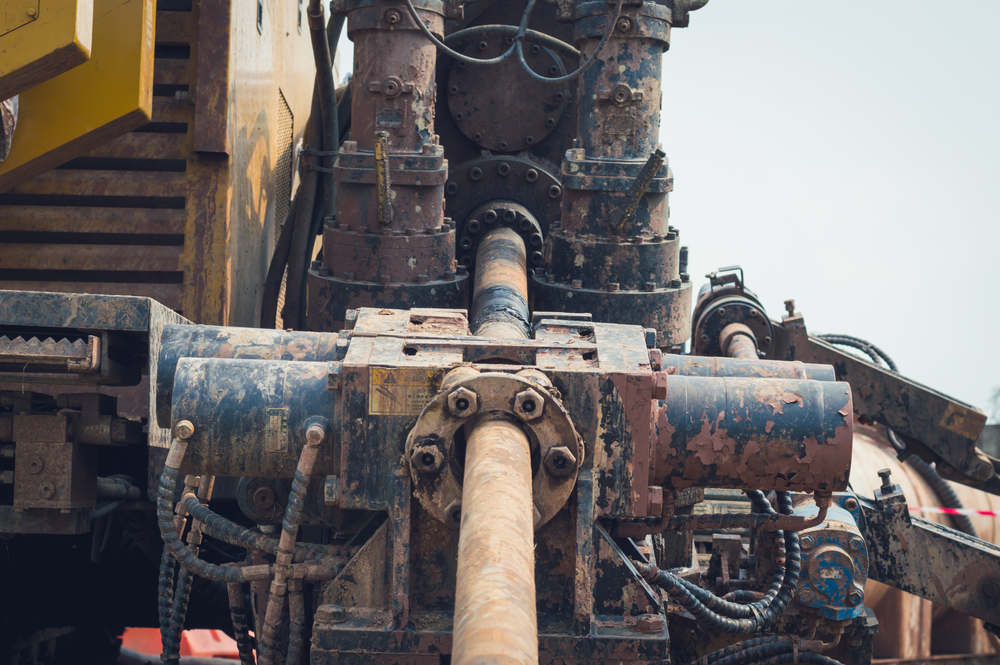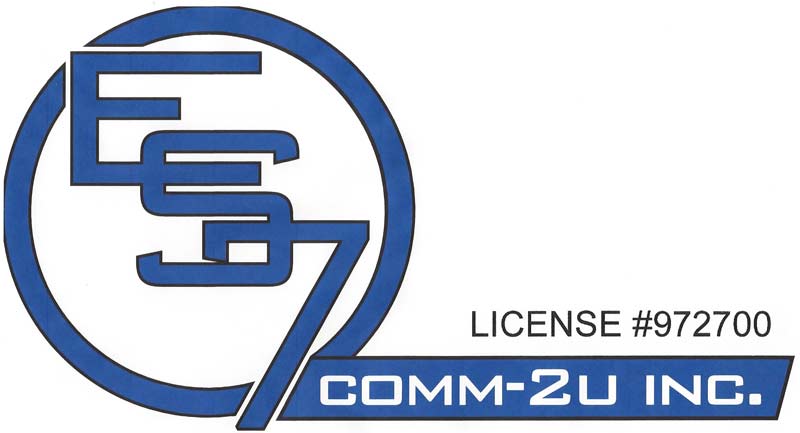
How Pilot Drilling Improves Efficiency and Reduces Costs in Directional Drilling
April 7, 2025 8:10 pm Leave your thoughtsDirectional drilling is an essential technique in the world of modern drilling operations, used across various industries, particularly in underground utility installation in Roseville, CA. It allows for drilling at angles rather than straight down, which provides access to resources and installation sites that would otherwise be difficult or impossible to reach. One of the most critical aspects of this process is pilot drilling, a method that plays a pivotal role in enhancing efficiency, improving accuracy, and ultimately reducing costs. In this blog, we will explore how pilot drilling significantly benefits directional drilling projects, from increasing precision to cutting down on operational expenses.
The Basics of Directional Drilling and Pilot Drilling
Directional drilling involves drilling at non-vertical angles to reach targets located horizontally or at specific depths, making it ideal for projects like underground utility installation in Roseville, CA. This technique is crucial for navigating challenging terrains or avoiding obstacles that might prevent a vertical drilling approach from being effective. The drilling process can be complex, requiring careful planning and specialized equipment to ensure safety and efficiency.
Pilot drilling is an initial phase in directional drilling where a smaller drill bit is used to create a pilot hole, or guide hole, along the predetermined path. This hole acts as a blueprint for the subsequent drilling operations and serves as the foundation for the rest of the borehole. Pilot drilling is the first step that ensures the main drill path is correctly aligned, which helps guide the larger drill bit through the desired path. This process minimizes errors, improves accuracy, and facilitates the successful completion of the job.
By using pilot drilling, operators can map out the most efficient route and ensure the full-scale drilling operation stays on track, minimizing the risk of costly mistakes and delays. The precision gained from this preliminary drilling phase has far-reaching effects on the success of the project, particularly in terms of reducing the time and resources needed to achieve the end goal.
Enhancing Efficiency with Pilot Drilling
One of the primary reasons pilot drilling is so beneficial is that it improves the overall efficiency of the directional drilling process. Without a pilot hole, operators would have to rely on guesswork to navigate the drill through the underground environment, leading to inaccurate drilling and a high probability of deviating from the desired path. This would not only waste valuable time but could also result in expensive rerouting, re-drilling, or equipment failures.
Pilot drilling, on the other hand, provides an accurate pathway for the main drilling operation. By drilling the pilot hole first, operators can assess the terrain, the geology of the area, and the obstacles that might impede progress. This ensures that the main drilling process is far smoother, with fewer unexpected challenges that could otherwise lead to significant delays or the need for costly interventions. The pilot hole allows operators to make necessary adjustments in real time, ensuring that the direction of the drilling remains precise and aligned with the intended path.
For example, when carrying out underground utility installation in Roseville, CA, the ability to follow a pre-determined path with confidence is vital to avoid conflicts with existing utilities, infrastructure, or other environmental constraints. A pilot hole guides the drilling team through these potential obstacles, providing a clear course and reducing the risk of encountering surprises that could halt progress and increase costs.
Cost Reduction through Pilot Drilling
Cost control is a significant factor in any drilling project, and pilot drilling contributes to this by reducing the number of errors, improving the speed of completion, and minimizing equipment wear and tear. The initial investment in pilot drilling may seem like an added expense, but it is a small price to pay compared to the potential costs of fixing issues caused by inaccurate drilling.
When drilling without a pilot hole, there is a higher likelihood that the drill will deviate from the planned path. If this occurs, the project could face costly repercussions such as the need for re-drilling, additional labor, or equipment repairs. The main drill bit may also encounter resistance from obstacles or shift out of alignment, causing unnecessary strain on the machinery, leading to more frequent maintenance and operational downtimes. These costs quickly accumulate, making the entire project more expensive than originally planned.
Pilot drilling mitigates these risks by ensuring the main drilling operation stays on track. Since the pilot hole acts as a guide, the larger drilling equipment can proceed with greater confidence, minimizing the need for adjustments along the way. This leads to a faster overall completion time, fewer delays, and less strain on both the workforce and the equipment. In industries such as underground utility installation in Roseville, CA, where timely completion is critical, the ability to maintain a steady pace and avoid costly interruptions can make a huge difference in the overall profitability of the project.
Moreover, pilot drilling reduces the need for costly on-the-fly corrections and adjustments, leading to savings in both labor and material costs. With more accurate drilling, operators can also reduce the chance of drilling into unproductive or hazardous areas, minimizing the risk of costly damage to underground structures or utilities.
Improving Safety and Minimizing Environmental Impact
Beyond efficiency and cost savings, pilot drilling also contributes to improved safety and a reduced environmental footprint. Drilling operations, especially when conducted in urban areas or near sensitive environments, carry inherent risks. A misaligned drill could hit unintended infrastructure, causing significant safety hazards, damage, or even environmental harm.
Pilot drilling ensures that the main drilling operation stays on course, reducing the likelihood of unexpected collisions with underground utilities, structures, or other vital assets. By mapping out the drilling path beforehand, operators can better predict where potential risks may exist and avoid them altogether. For example, during underground utility installation in Roseville, CA, pilot drilling allows workers to account for the location of other pipelines, cables, and even natural obstacles like rock formations, ensuring that the drilling process is both safe and effective.
Additionally, the more precise the drilling, the less likely the surrounding environment will be disturbed. A properly executed pilot drilling phase reduces the chance of unwanted soil erosion, water contamination, or disruption to wildlife habitats. By accurately following a predetermined path, operators can avoid unnecessary excavation and reduce the overall environmental impact of the project, contributing to both sustainability and regulatory compliance.
The Role of Technology in Pilot Drilling
Advances in technology have revolutionized the field of directional drilling, and pilot drilling is no exception. Modern tools and equipment, such as GPS tracking systems, 3D mapping, and real-time data transmission, have made pilot drilling more accurate and efficient than ever before. These technologies provide operators with real-time feedback, allowing them to adjust the drilling path if necessary and ensuring that the pilot hole remains on track throughout the operation.
For example, using real-time monitoring systems, operators can track the depth and direction of the drill bit, making immediate adjustments to stay within the designated boundaries. These innovations not only increase the accuracy of the pilot hole but also reduce the overall drilling time, making the process more efficient. Furthermore, the ability to gather detailed data about the terrain and conditions beneath the surface allows for better planning and more precise execution of both pilot and main drilling operations.
The integration of these advanced technologies ensures that pilot drilling continues to evolve, providing even greater benefits in terms of cost savings, safety, and environmental protection. As these tools become more widespread, the overall efficiency of directional drilling operations will continue to improve, offering significant advantages for industries such as underground utility installation in Roseville, CA.
Conclusion
Pilot drilling is an essential process in directional drilling that has far-reaching benefits for efficiency, cost control, safety, and environmental protection. By establishing an accurate guide path before the main drilling operation begins, pilot drilling ensures that projects proceed smoothly and with minimal disruption. This is particularly crucial in complex projects like underground utility installation in Roseville, CA, where precision and safety are paramount.
The use of pilot drilling helps prevent costly errors, reduces the time needed to complete the project, and minimizes the wear and tear on equipment. Moreover, the ability to use advanced technologies during the pilot drilling phase enhances both accuracy and overall operational efficiency. By incorporating pilot drilling into directional drilling operations, companies can streamline their processes, reduce unnecessary expenses, and ensure that projects are completed on time and within budget. As a result, pilot drilling continues to be a cornerstone of modern drilling techniques, providing essential advantages that drive the success of a wide range of drilling applications.
Need Directional Drilling in Roseville, CA?
Locally owned and operated since 2000, we strive to provide fast, friendly, and efficient service to the residents of Roseville and its surrounding areas. Using an open trench method for installation, we work with communication and utility companies to get electric, water, and gas services up and running in your home or business as quickly and carefully as possible. Es7 Comm-2 U, Inc is proud to carry an ‘A+’ rating with the Better Business Bureau as a fully licensed general contractor. Call us today to ensure that your next installation project is handled with the care and professionalism that it deserves.
Categorised in: Directional Drilling
This post was written by admin
